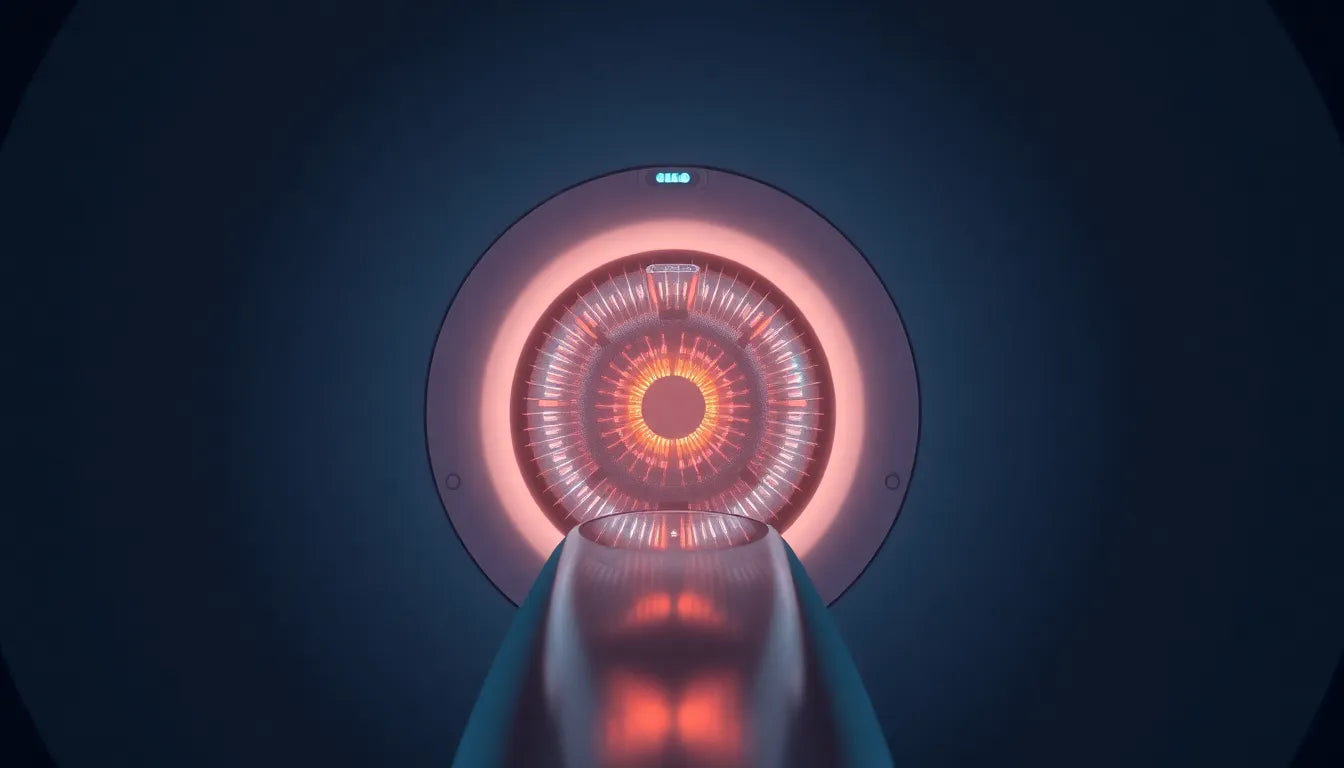When faced with a herniated disc, the discomfort and limitations can significantly affect daily life. Understanding the available treatment options is crucial, and for many, herniated disc surgery offers a path to relief. A herniated disc occurs when the soft cushion between vertebrae protrudes through a crack in the tougher exterior, often pressing on nerves and causing pain or numbness. Surgery becomes a necessary consideration when conservative treatments fail to alleviate symptoms, offering a more immediate solution to restore quality of life.
Understanding herniated disc surgery
In recent years, advances in medical technology have streamlined herniated disc surgeries, making them quicker and more efficient. These modern procedures are designed to minimize time in the operating room while maximizing patient outcomes. Typically, herniated disc surgeries can be completed in under two hours, with some procedures taking as little as 30 minutes. This efficiency not only reduces the time under anesthesia but also allows for faster recovery and potentially shorter hospital stays, a significant benefit for patients eager to return to their daily activities.
Significance of surgery duration
The duration of herniated disc surgery is a common concern among patients, and for good reason. The length of the procedure can impact various aspects of the surgical experience, from the amount of anesthesia required to the length of the hospital stay and the overall recovery time. Shorter surgeries generally mean less time under anesthesia, which can reduce the risk of complications and facilitate a quicker recovery. Additionally, shorter procedures often allow for outpatient treatment, meaning patients can return home the same day, enhancing comfort and reducing healthcare costs.
Overall, understanding the typical duration of herniated disc surgery and its implications can help patients feel more prepared and confident as they approach this significant step towards pain relief and improved mobility.
Types of herniated disc surgeries and their durations
When considering herniated disc surgery, understanding the different types of procedures and their durations can help set realistic expectations. Each type of surgery varies in complexity and time required, affecting the overall patient experience and recovery process.
Standard discectomy
A standard discectomy is a common procedure recommended when a herniated disc causes significant nerve compression. This surgery typically lasts between 1 to 2 hours. During the procedure, the surgeon removes the portion of the disc that is pressing on the nerve, alleviating pain and other symptoms. Although it is a more traditional approach, it remains effective for many patients and can be performed as either an outpatient or inpatient procedure, depending on the patient's condition and the surgeon's recommendation.
Microdiscectomy
Microdiscectomy is a minimally invasive surgery that has gained popularity due to its shorter duration and quicker recovery time. This procedure generally takes between 30 to 60 minutes. By utilizing smaller incisions and advanced imaging techniques, surgeons can precisely target and remove the herniated disc material with minimal disruption to surrounding tissues. The benefits of microdiscectomy include reduced pain, faster recovery, and the possibility of same-day discharge, making it an attractive option for many patients.
Lumbar decompression surgery
Lumbar decompression surgery is often required for more severe cases where multiple discs are involved or when there is significant spinal stenosis. This procedure typically takes at least 1 hour but can extend longer depending on the complexity. The goal is to relieve pressure on the spinal cord and nerves by removing bone or tissue that is compressing them. While it may require a longer hospital stay compared to other surgeries, it is crucial for preventing further complications and improving patient mobility.
Factors influencing surgery duration
Several factors can influence the duration of herniated disc surgery, affecting both the procedure itself and the recovery period. The complexity of the herniation and the number of discs involved are primary considerations. More complex cases often require longer surgical times to ensure all affected areas are adequately addressed.
Additionally, the inclusion of additional procedures, such as spinal fusion, can extend the duration. Spinal fusion is sometimes necessary to stabilize the spine after disc removal, adding to the overall time spent in surgery.
The choice between minimally invasive and open surgery approaches also plays a significant role. Minimally invasive techniques, like microdiscectomy, generally result in shorter surgery times and quicker recovery due to less tissue disruption. In contrast, open surgeries may be necessary for more complex cases, requiring longer durations both in the operating room and for recovery.
Comparative table of surgery durations
| Surgery Type | Typical Duration | Outpatient/Inpatient |
|---|---|---|
| Discectomy | 1–2 hours | Both possible |
| Microdiscectomy | 30–60 minutes | Outpatient |
| Lumbar decompression | ≥1 hour | Both possible |
Understanding the types of herniated disc surgeries and their respective durations is essential for patients preparing for these procedures. By being informed, patients can better anticipate the surgical process, recovery time, and overall impact on their daily lives, leading to a more confident approach to achieving relief from pain and discomfort.
Patient experience and expectations
Understanding what to expect during herniated disc surgery can ease anxiety and help patients prepare for the journey to recovery. From the moment you arrive at the surgical facility, a team of healthcare professionals will guide you through each step. Pre-operative preparation typically involves a thorough review of your medical history, a discussion of the anesthesia plan, and addressing any last-minute questions or concerns you may have.
Once in the operating room, the surgical team will ensure your comfort and safety throughout the procedure. The surgery itself, whether a discectomy, microdiscectomy, or lumbar decompression, will be performed with precision, aiming to minimize time under anesthesia while effectively addressing the herniated disc.
After the surgery, you will be moved to a recovery area where medical staff will monitor your vital signs and ensure you are comfortable as the anesthesia wears off. Pain management is a key focus during this period, with personalized plans to alleviate discomfort and facilitate a smooth transition to recovery.
For many patients, particularly those undergoing minimally invasive procedures like microdiscectomy, same-day discharge is possible. This means you can return home to recover in a familiar environment, provided you meet certain health criteria and have adequate support at home. In cases requiring a longer hospital stay, such as more complex lumbar decompression surgeries, the focus remains on ensuring your safety and readiness for discharge.
Frequently Asked Questions
How long will I be in the hospital?
The length of your hospital stay depends on the type of herniated disc surgery and your overall health. Many patients who undergo minimally invasive procedures, such as microdiscectomy, can leave the hospital the same day. However, more complex surgeries like lumbar decompression may require an overnight stay for observation and recovery.
Will I be able to go home the same day?
Yes, same-day discharge is often possible, especially for minimally invasive surgeries. Your surgeon will assess your condition post-surgery to determine if you meet the criteria for safe discharge. Factors such as your ability to walk, manage pain, and have support at home will be considered.
How soon can I return to work or physical activity?
The timeline for returning to work or physical activity varies based on the type of surgery and individual recovery progress. Generally, patients can expect to resume light activities within a few weeks, but full recovery may take 6–12 weeks. Your surgeon will provide specific guidelines tailored to your situation.
What are the risks associated with longer surgeries?
Longer surgeries can increase the risk of complications such as infection, blood clots, or prolonged anesthesia effects. However, these risks are managed with careful surgical planning and post-operative monitoring. Your healthcare team will take all necessary precautions to minimize potential complications.
What should I expect in terms of pain management post-surgery?
Pain management is a critical component of post-surgical care. You will receive a personalized pain management plan, which may include medications, physical therapy, and other interventions to help manage discomfort and promote healing. Open communication with your healthcare provider about your pain levels is essential for effective management.
Understanding the process and addressing common questions can help demystify herniated disc surgery, making the experience less daunting and more manageable. By being informed and prepared, you can focus on recovery and the return to a pain-free life.



